Who are the most famous horse polo players ever? A list of the top 10 horse polo players
Other Sports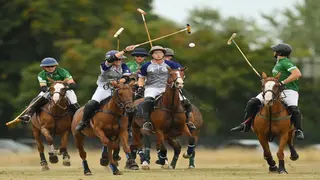
The rules of bullfighting have evolved over the years. As the extreme sport continues to attract significant masses globally, more individuals are keen to learn the intricate details of the sport to give them a complete experience as they enjoy the thrill. Here are the guidelines you should know about bullfighting.
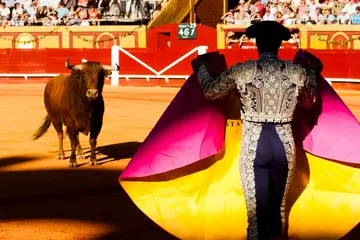
The history of bullfighting dates back to about 2000 BC when the Iberian tribes in Spain organized events where bulls confronted human beings. Today, the sport is widely practised in other countries, including France, Portugal, Mexico, Colombia, Venezuela, Peru, and Ecuador.
Several countries follow Spain's bullfighting rules and guidelines for the sport, giving it structure and a standard procedure. The sport doubles up as a competition and a show, with the fighters entertaining the audience with their impeccable dodging and attacking skills.
Most of the terms used in bullfighting are in Spanish. Here are some common ones that will give you a better understanding as you watch the shows:
Who are the most famous horse polo players ever? A list of the top 10 horse polo players
Other Sports
A bullfight is commonly referred to as a spectacle and is divided into three parts that last approximately 20 minutes each. The three parts are as follows:
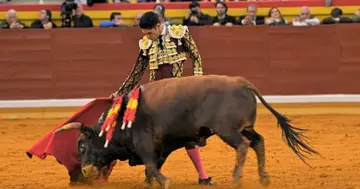
During the first stage, the matador’s assistants provoke the bull using large colourful capes to study its ring movements and patterns. The president presides over the fight and signals the picadors to enter the ring. Their role is to pierce the bull using a barbed lance, which injures the bull to prohibit sudden movements.
The purpose of the second act is to revive and liven up the bull's attack from the first act's action and injuries. The matadors fight the bull to the point of near death before proceeding to the third round.
Which are the best tennis courts in the world currently?
Tennis
The last stage is also known as the ''Third of death.'' In the final phase, the matador has 10 minutes to end the bull's life. If he fails to meet this target, the president gives him an extra five minutes.
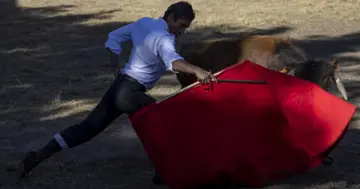
As the participants go through these stages, they must follow the game's rules. The rules of bullfighting in Spain are adopted from the 1992 Royal Decree 176/1992, Bullfighting Regulations, which apply to several other countries globally. These rules include the following:
Top 10 most beautiful soccer refs in the world right now
Football
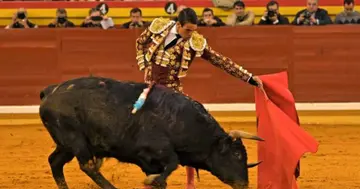
Unknown to several netizens, bullfighting animals are specifically bred for this purpose. They are raised to be slow and easy to predict, making them easy to control. Hours before the fight, the bull is isolated in a small, dark room, making it confused and anxious.
Some animal welfare bodies have condemned the cruelty the bulls face before the fight. They are exposed to physical and mental torture before facing their ultimate slaughter, jeopardizing their quality of life. Some countries that have banned this sport include Argentina, Canada, Cuba, Denmark, Italy and the United Kingdom.
The rules of bullfighting have been standardized across almost all countries, ensuring the audience enjoys their experience in the arena. As more countries describe the sport as an inhumane way to slaughter animals, fans will be keen to see which ones will retain the practice.
Who are the 10 best boxing ring announcers right now? Top details
Boxing
READ ALSO: Wrestlers with the most wins in WWE history
Sportsbrief published a list of wrestlers with the most wins in World Wrestling Entertainment (WWE) history. Who are some of these individuals?
John Cena tops the list with 1743 wins, followed by The Undertaker, who has 1699 wins. Others on the list are Kane and Shawn Michaels. Follow the link above to check out the complete list of top WWE winners.